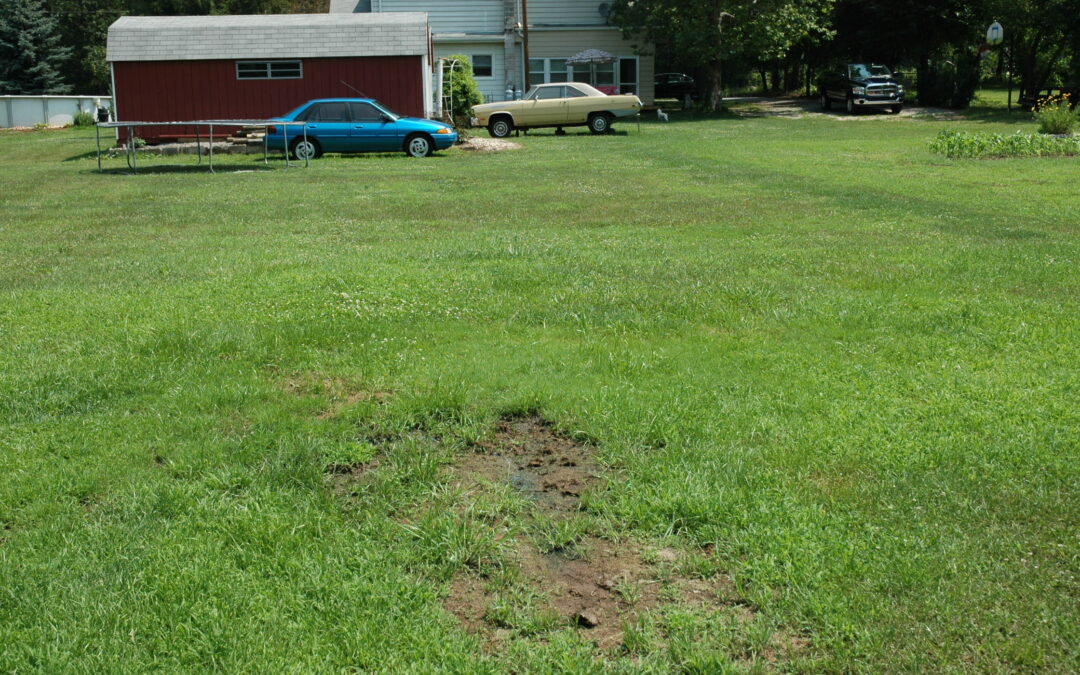
May 26, 2022 | Consumer
Where can I find information on my septic system?Please contact your local health department for additional advice and assistance. For more information on onsite/decentralized wastewater systems, you can visit EPA’s Septic Systems Web site. Do I pump my tank during...

May 26, 2022 | Consumer
Common in rural areas without centralized sewer systems, septic systems are underground wastewater treatment structures that use a combination of nature and time-tested technology to treat wastewater from household plumbing produced by bathrooms, kitchen drains, and...

May 26, 2022 | Consumer
Inspect and Pump Frequently The average household septic system should be inspected at least every three years by a septic service professional. Household septic tanks are typically pumped every three to five years. Alternative systems with electrical float switches,...

May 26, 2022 | Consumer
Fact Sheets available from Penn State Extension: On-lot Sewage Systems — The purpose of this fact sheet is to describe the parts and function of on-lot sewage systems and the regulatory system governing their use. Septic Tank Pumping — Septic tanks should be...

May 25, 2022 | Consumer
Why Septic Systems FailMost septic systems fail because of inappropriate design or poor maintenance. Some soil-based systems (those with a drain field) are installed at sites with inadequate or inappropriate soils, excessive slopes, or high ground water tables. These...






